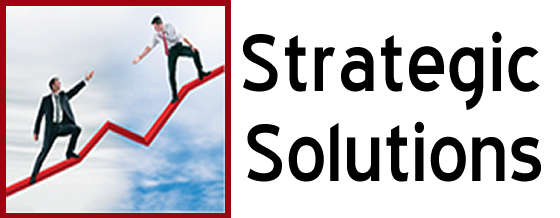16 Ways to Stop Multi-tasking and Be More Productive
People take pride in their ability to multi-task. In fact, for many of us in the business community, multi-tasking has become a way of life. We run out of time and end up biting off more than we can chew. We do 2,3, even 4 things at a time. All the time. But is it truly productive, or does it cost more in the long run?
Research over the past few years has proven that multitasking depletes our ability to focus and complete tasks and projects expediently and effectively. Not only that, but testing has shown that those who believe they’re adept at multi-tasking generally fall short and miss the mark. Why? Because their belief in their ability and performance is based on perception, rather than proof.
In reality, as we go from one distraction to another, our brains fill to capacity and once overloaded, things begin to unravel. While we seem to have no problem with mindless tasks like simultaneously feeding the cat while talking on the phone or putting the kettle on, when it comes to business, where solid thinking and judgment come into play, that’s not the case. The brain kicks in to overdrive and simply shuts down. We find ourselves making mistakes we would not normally make if we were doing only one thing. We forget things too.
Over time, we lose time, momentum, productivity and drains our physical and emotional resources, and we screw up.
Wouldn’t you like to find a better way of doing things? One that will help you regain focus, direction and clarity? Something that will actually allow you to complete more projects successfully the first time and actually accomplish more of your goals?
The way I see it is that everyone has a choice. You can either manage your time or let your time manage you. I know what I’d choose.
The key to successful time management is simple: Focus on one thing at a time and learn to prioritize your work. Using the old 80-20 model, understand that 80% of your results will likely be the product of 20% of your effort, so plan accordingly.
Here‘s my list of 16 tried and true time management techniques to help you single task your way to success.
Stephen Covey said, ‘The key is not to prioritize what’s on your schedule, but to schedule your priorities.‘
Using the Eisenhower Box method, schedule your most urgent tasks first and be sure to allocate enough time.
- Don’t rely on keeping your calendar in your head. Write it down in time blocks.
- Allow for no more than three tasks a day, but make only one your top priority. Allocate more time for that one.
- Work on your top priority item first.
- Some tasks simply require more time. Break them down into manageable steps and create milestones to completion.
- Keep to your schedule: Be on time. If you’re supposed to start at 9AM, start at 9AM – not 9:10 because you stopped downstairs to get a muffin. Get your muffin at 8:50.
- Remain positive and emotionally strong. Both are requisites for good leadership and you’ll find it will increase your clarity and your focus.
- If concentration becomes an issue and your mind starts to wander, try soft music or ambient noise in the background.
- Get up and take a walk. Planned distractions are a way of clearing out the cobwebs and renewing focus.
- Don’t be afraid to say ‘No,’ when you have to. Do you HAVE to do everything?
- Use your resources. Can you delegate some of your tasks to your staff? I’m sure you can, and you know what? They’ll be glad to help, because it demonstrates your trust in them.
- Some people plan their day the night before. That works, but if you prefer doing it in the morning, do it first thing and allocate as much time as you need to get it right.
- You’re bound to be interrupted at some point during the day. If you schedule for it just as you do meetings, you can get more accomplished in a shorter amount of time. Once your staff knows why you’ve restructured your time, they’ll appreciate its value and will learn to honor your schedule.
- While an open-door policy is a good policy, give yourself permission to close the door when things need to be taken care of that need your complete attention. You can still schedule time to do your office ‘walk-abouts’ at various times throughout the day to catch up with your staff.
- Before a scheduled call with a client or vendor, take a few minutes both before and after the call. Before: to think about your desired result; and afterwards to determine whether or not it was achieved.
- You don’t have to answer every call when the phone rings or respond to every email as soon as it hits your inbox. Schedule time to respond, except in cases that are critical.
- Schedule breaks for yourself. If you feel compelled to check Facebook, other social media, or even to make a grocery list, keep it to those times.
Time is finite: we have a certain number of hours to spend every single day. No more, no less. Time is also a gift: it renews itself every day. People always run out of time, but time always continues. While it’s available to us, we need to make the most of it and use it wisely.
